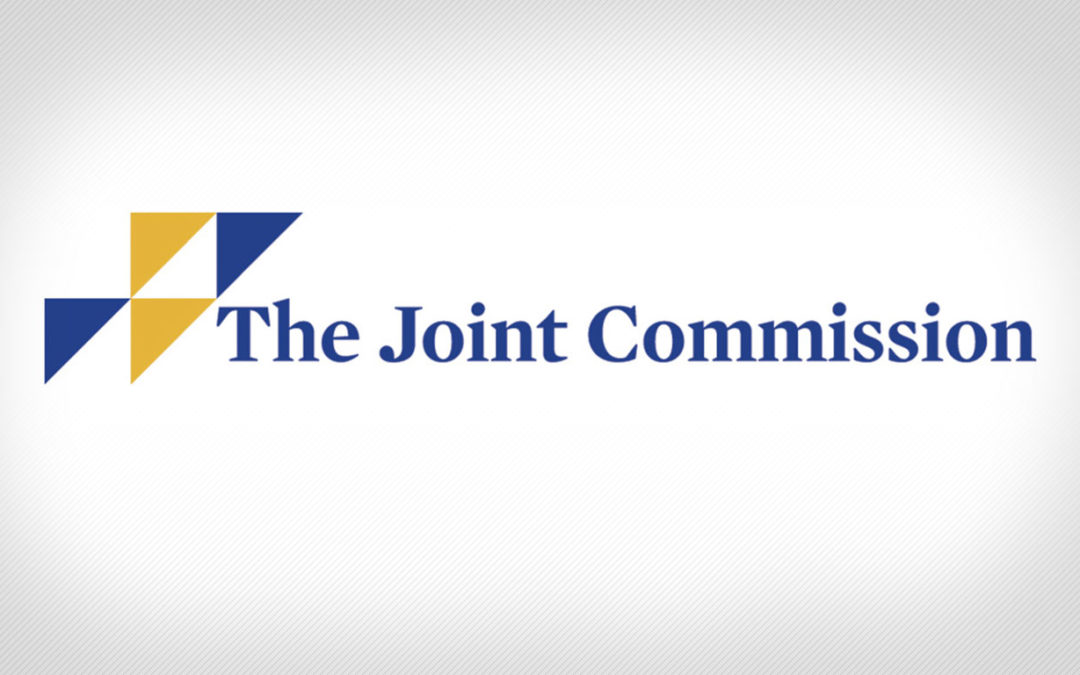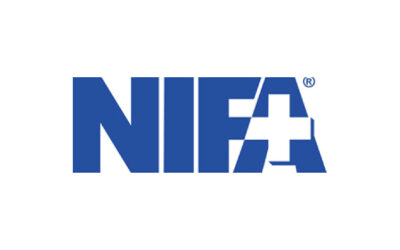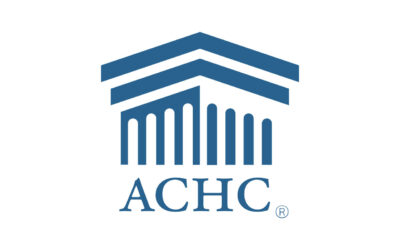
By Maura Naddy, MSN, RNC-OB, CJCP
During clinical practice and studies, health care professionals, especially nurses, quickly become educated on reviewing the “Five Rights” or “Five Rs” for safe medication practices: Right patient, Right drug, Right dose, Right route and Right time.
These five principles are key to assisting in the reduction of medication errors. However, another often overlooked safety practice that is just as important to medication safety, is implementing medication storage and security practices. These practices, occur well before the medication ever reaches a patient.
According to American Society of Health System Pharmacists (ASHP), “Careful arrangement of medication storage in a pharmacy and throughout a hospital can help reduce the risk of medication error. In a pharmacy, product arrangement should minimize unintended selection of the wrong product or dosage form” (273). Specifically, within an ambulatory care setting, it is important to recognize that some facilities do not have a pharmacy onsite, so careful arrangement needs to be identified from a different perspective, depending on the type of services offered at each individual location. For specific guidance on storage of each medication, health care organizations should first refer to specific laws and regulations associated with storage, along with the manufacturer’s instructions for use, which are generally printed on the inserts found within the medication packaging. Another important area to consider is the overall security and safety of the medication’s storage location.
The medication management chapter of the “Joint Commission Comprehensive Accreditation Manual” features several requirements that focus on safe medication storage and security. These requirements are designed to assist health care organizations in maintaining medication integrity, promoting availability of medications when needed, minimizing diversion and reducing dispensing errors. Although recommended, but not required, performing a risk assessment of the areas where medications may potentially be stored can provide health care organizations specific guidance on the complexities of storage and security, and assist in implementing storage processes and designs that will promote quality and safety of medication practices within the organization.
Within the ambulatory care setting, ambulatory surgery centers (ASCs) provide services which ultimately impact how medications are stored and secured. Offering patients a variety of services can create additional challenges based on the complexity and risk level of the care provided.
Specifically, ambulatory surgery centers (ASCs) are required to meet a plethora of state, federal and other safety requirements because of the dynamic variable of services provided within these facilities. The Centers for Medicare and Medicaid Services (CMS) defines an ASC as, “any distinct entity that operates exclusively for the purpose of providing surgical services to patients not requiring hospitalization and in which the expected duration of services would not exceed 24 hours following an admission.”
According to Association of periOperative Registered Nurses (AORN), “Perioperative medication use and administration, postoperative management, medication disposal, staff member and physician education, proper documentation in the medical record by all disciplines, pharmacoeconomics, pharmacy compounding needs, and controlled medication management and oversight are all important components of this segment of care.” Based on these services, it is important that health care organization’s leaders assess each area where medications may be stored to ensure safe medication practices within their facility.
ASCs can take some of the following actions to achieve safe medication practices:
- Perform a security assessment to identify any gaps or risk points
- Consider a multidisciplinary approach in security assessment to ensure all levels of staff are included
- Collaborate with a pharmacist or pharmacy consultant to ensure guidelines and safe practices are achieved for each individual medication available within the ASC
- Use Automated Dispensing Cabinets for storage of high-risk or all medications available and limit override capabilities
- Separate look-alike and sound-alike (LASA) medications to reduce the occurrence medication errors
- Ensure proper medication storage based on temperature requirements and ensure they are consistently maintained at the appropriate temperature
- Address proper documentation and disposal of partially used medications
- Locate and make available required emergency carts/kits/medications
Interdisciplinary teamwork is imperative to ensuring safe medication practices within any health care setting. Ensuring safe medication practices will ultimately help health care organizations, including ASCs, promote and provide the safest quality care for their patients. Additionally, it will assist health care organizations through their journey to achieving zero patient harm.
– Maura Naddy, MSN, RNC-OB, CJCP, is the senior associate director, SIG operations and quality assurance at the The Joint Commission.
References
https://aornjournal.onlinelibrary.wiley.com/doi/10.1002/aorn.12635
https://psnet.ahrq.gov/primer/medication-errors-and-adverse-drug-events








